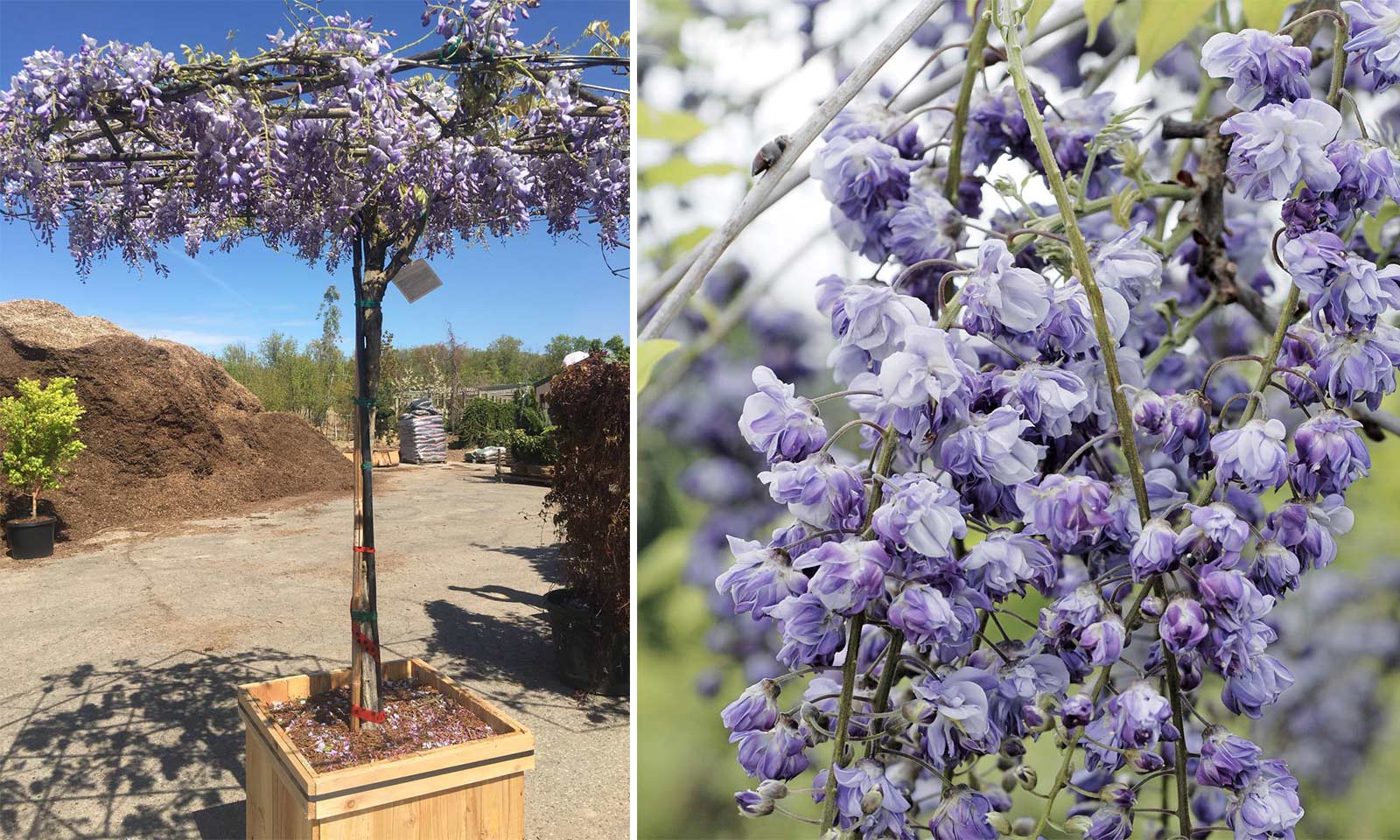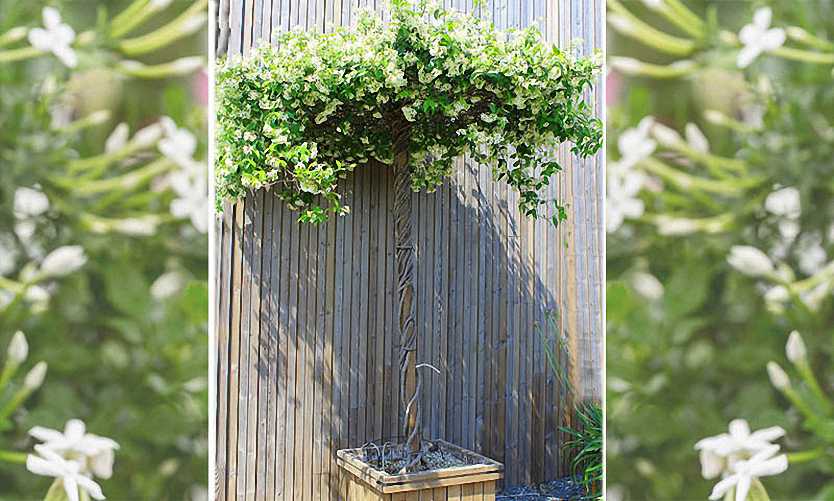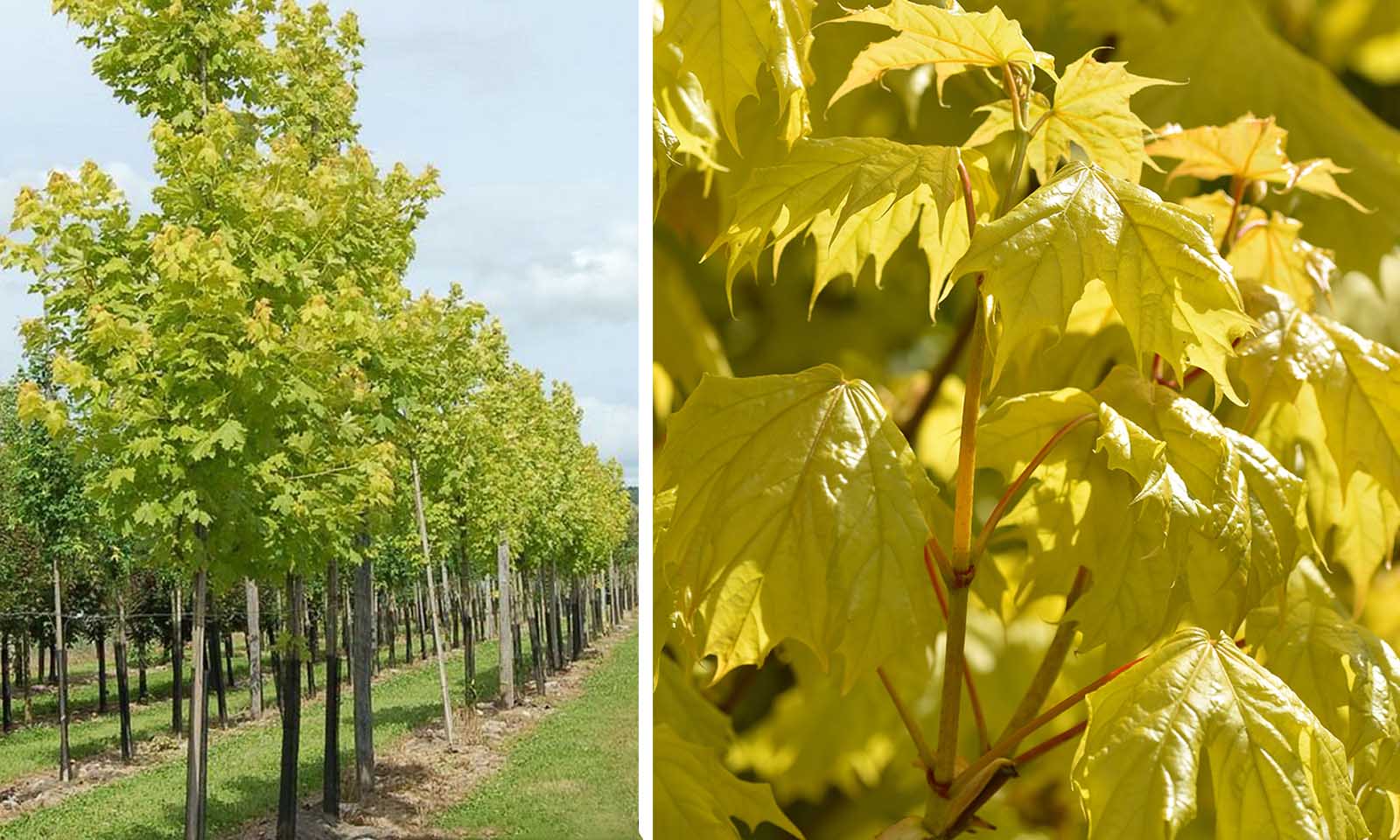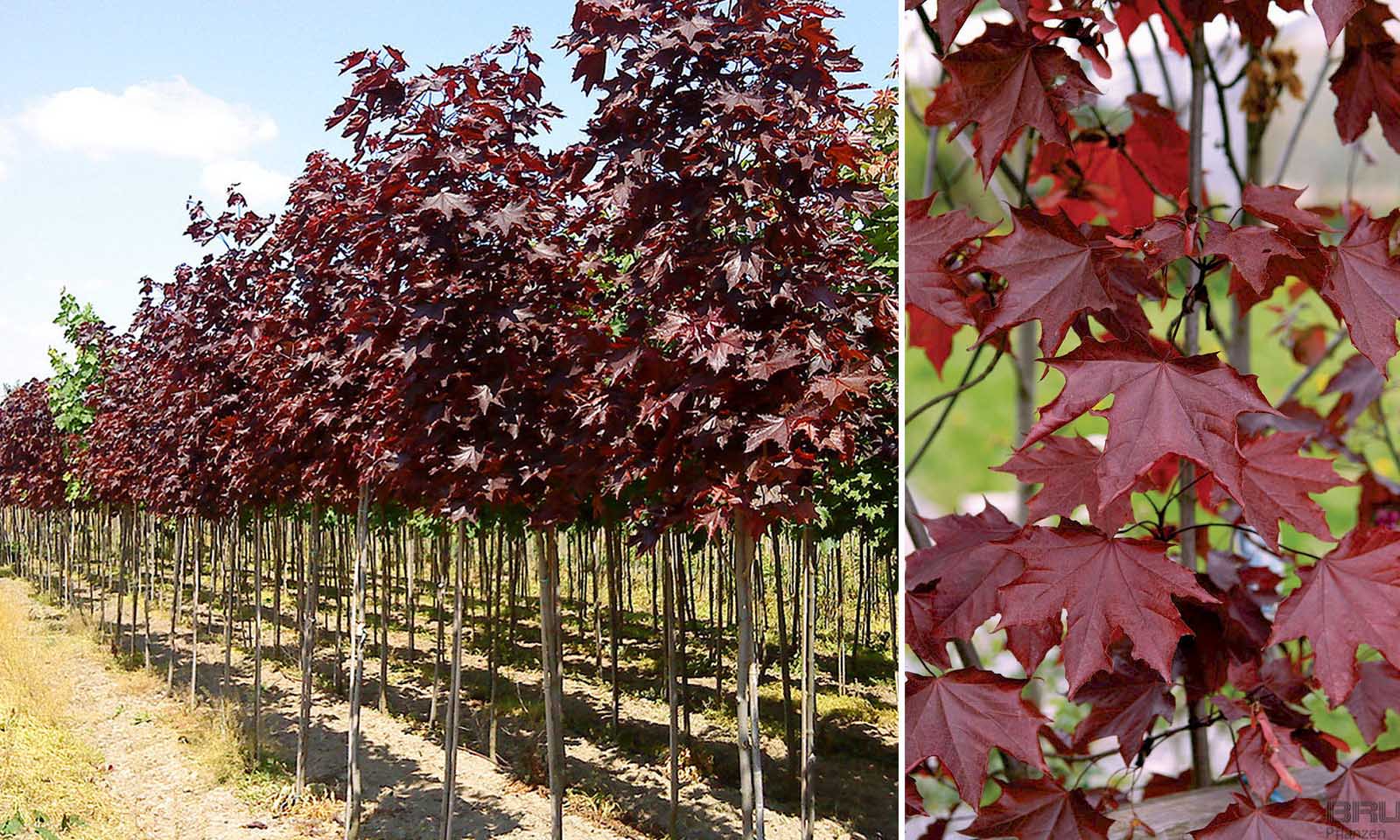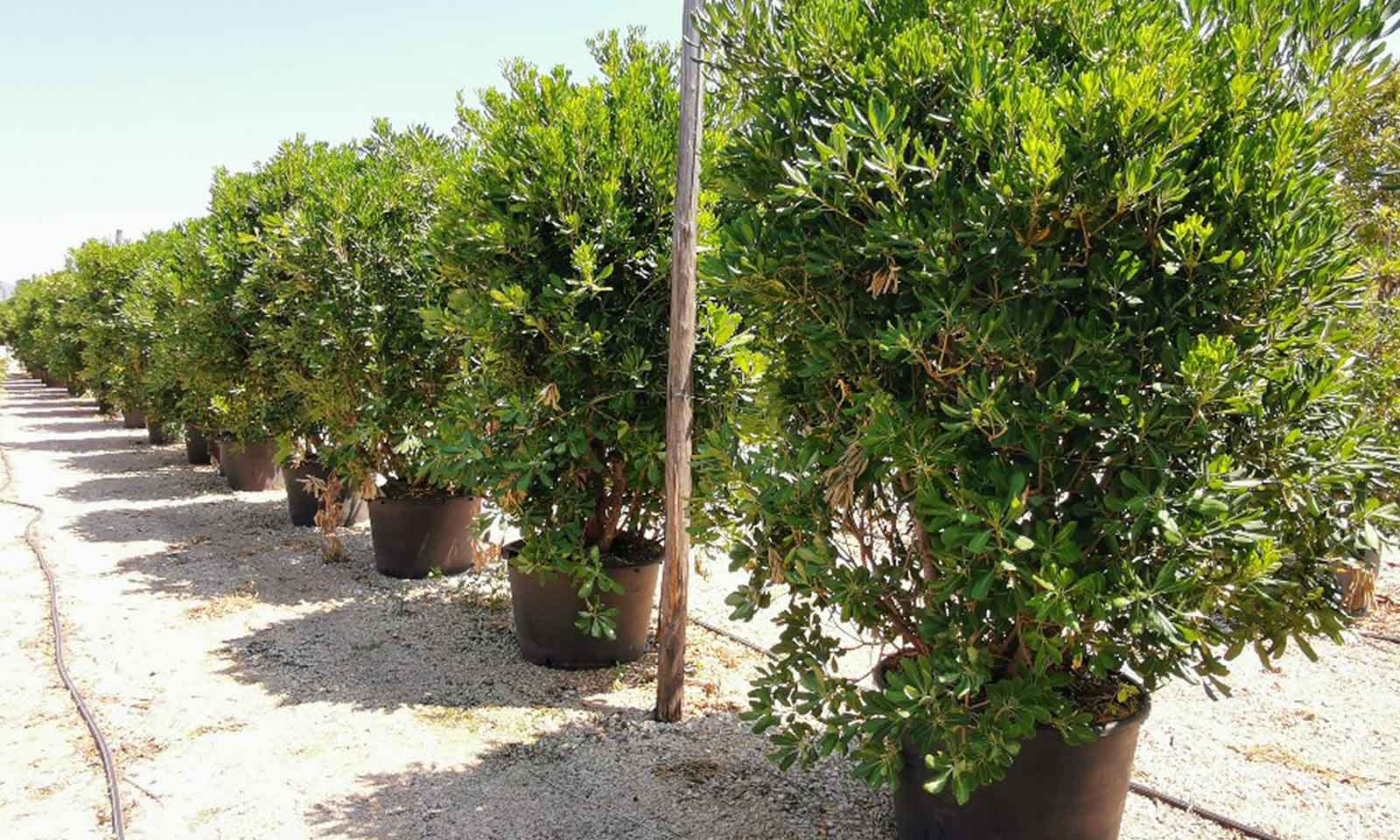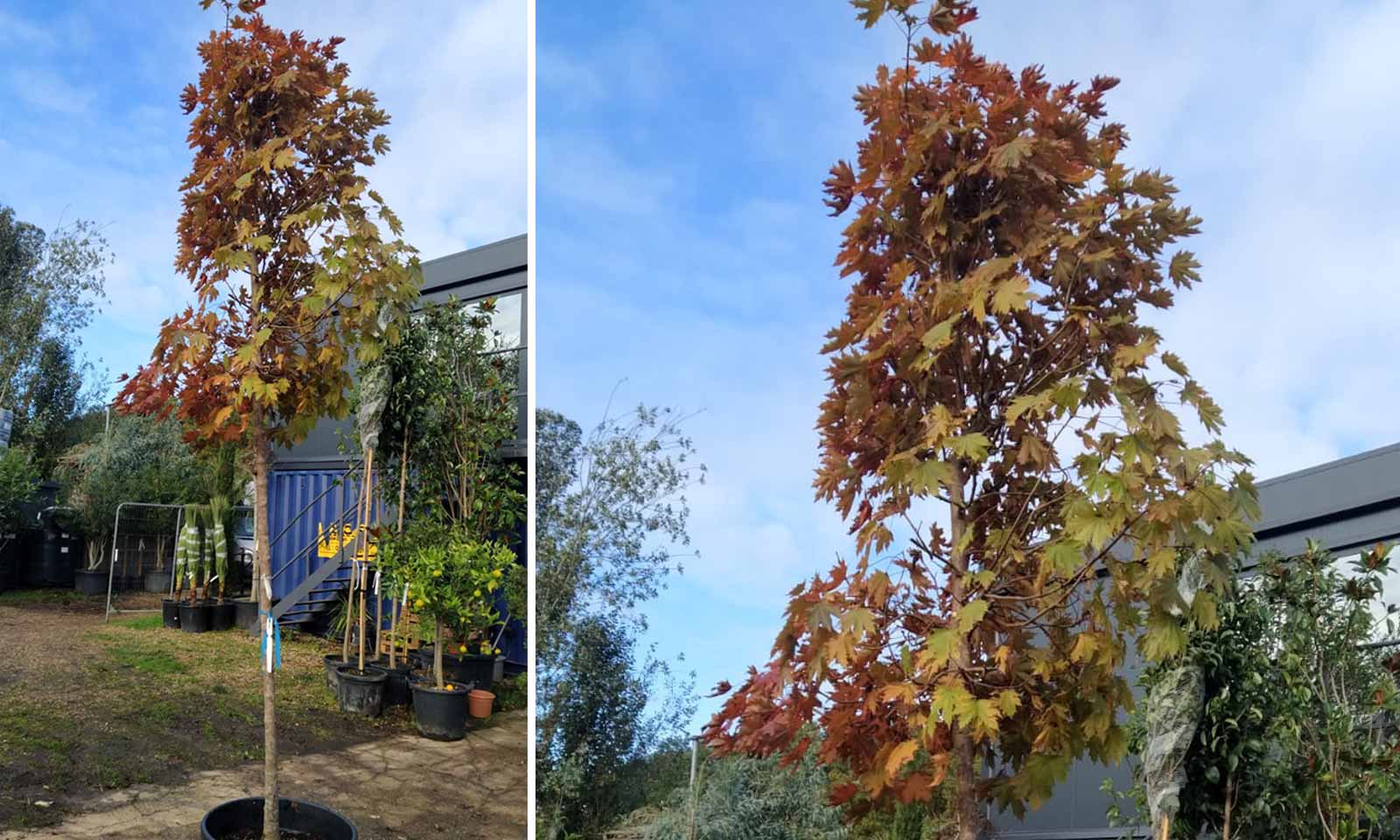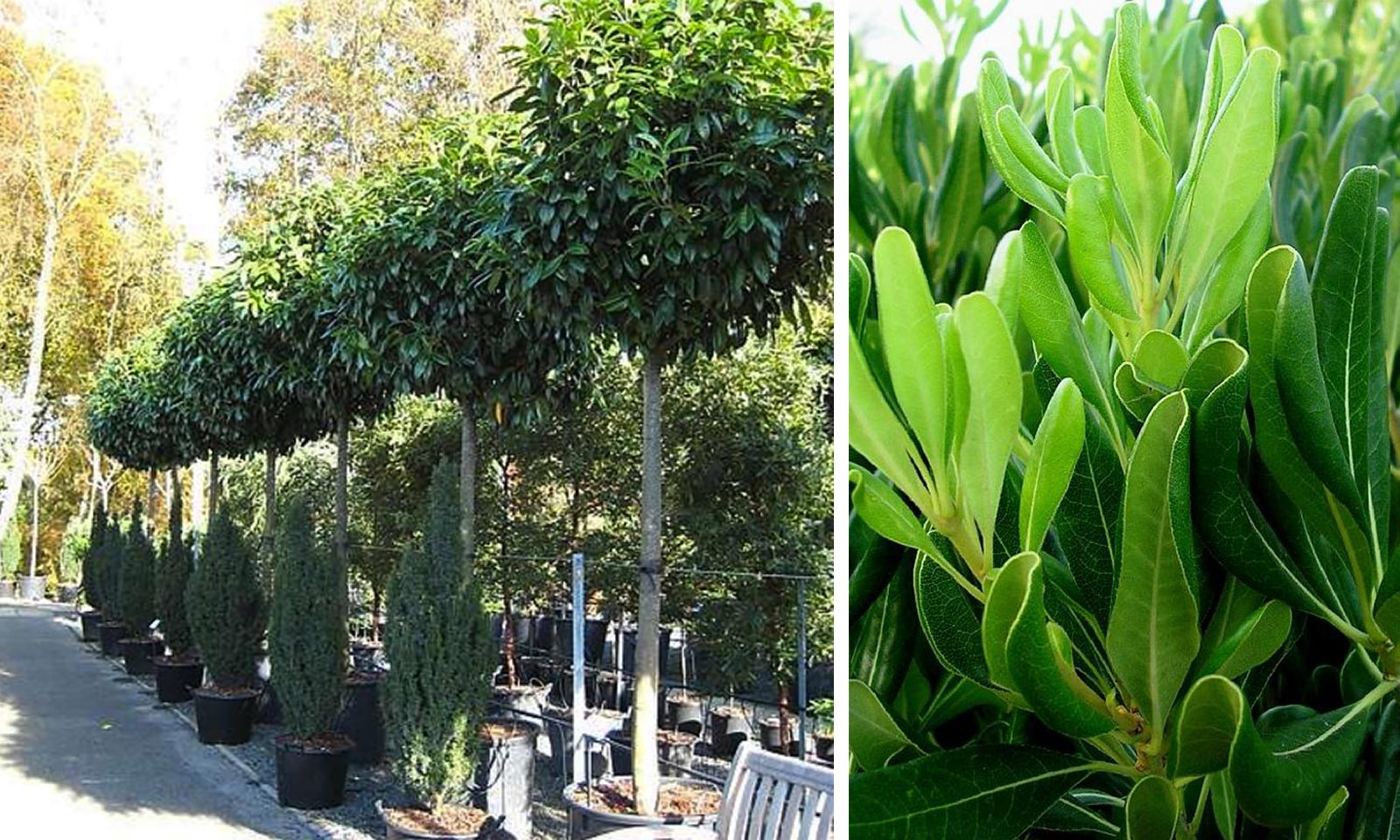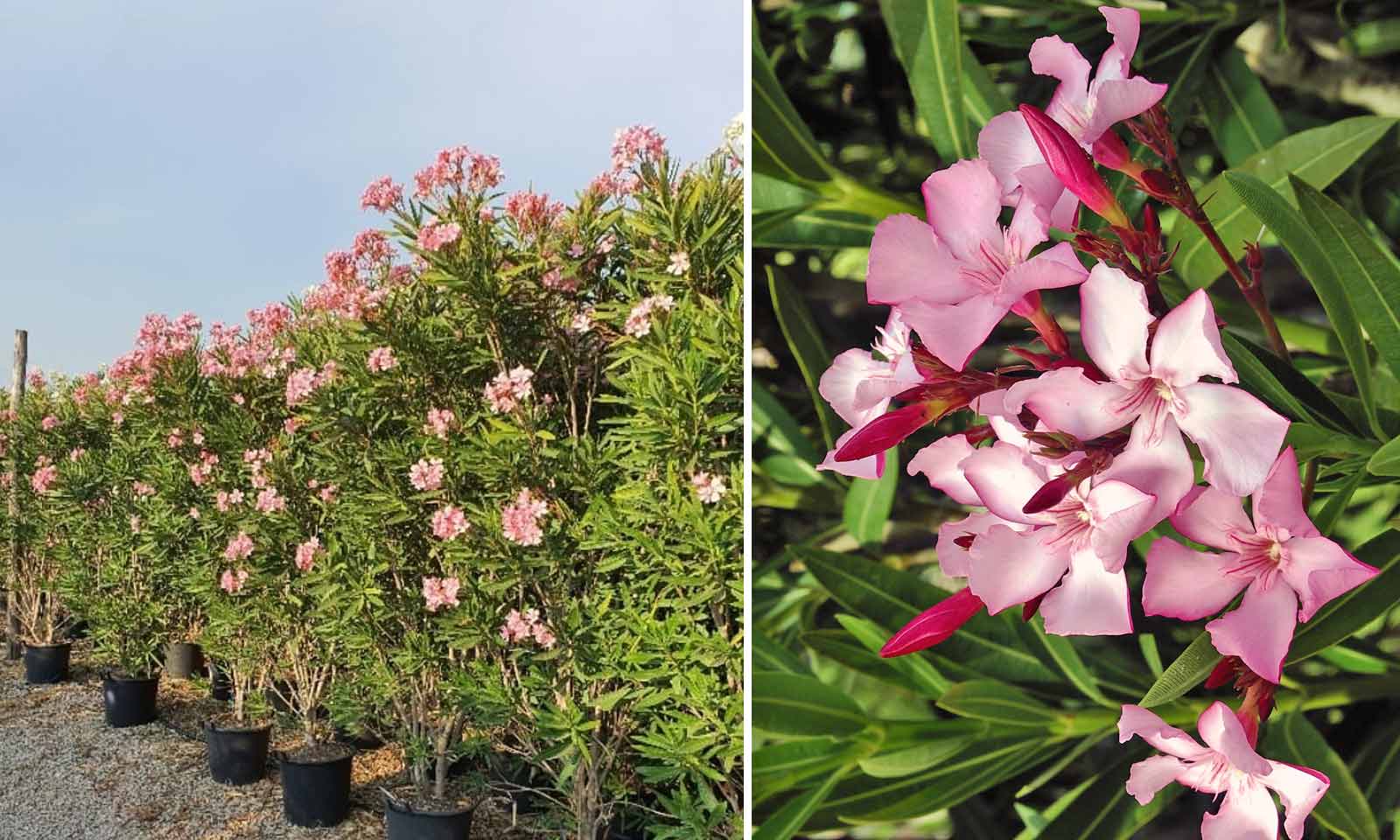Pittosporum Tobira (Japanese Pittosporum) - Standard
The Pittosporum Tobira is a sweet smelling evergreen tree that is native to East Asian countries such as Japan, China, Korea and even Greece surprisingly. It can become tree like if allowed to grow without maintenance so make sure to stick to the guidelines of pruning group 1 if you want to keep it more hedge like. The leaves are oval in shape with edges that curl under and measure up to 10 cm (4 in) in length. The plant itself has a low tolerance for cold weather, making it only H3 in terms of hardiness so make sure to shelter it during the winter time. It is prone to diseases and pests so take care in protecting it.
Product Dimensions
Girth 10-12 cm: 30 litre pot, clear trunk – 180-200 cm (5.9-6.6 ft), crown - 40-60 cm (1.3-2.0 ft);
Girth 12-14 cm: 50 litre pot, clear trunk – 180-200 cm (5.9-6.6 ft), crown - 40-60 cm (1.3-2.0 ft);
Girth 14-16 cm: 70 litre pot, clear trunk – 180-200 cm (5.9-6.6 ft), crown - 60-90 cm (2.0-2.9 ft);
Girth 16-18 cm: 90 litre pot, clear trunk – 180-200 cm (5.9-6.6 ft), crown - 60-90 cm (2.0-2.9 ft);
Girth 18-20 cm: 90-110 litre pot, clear trunk – 180-200 cm (5.9-6.6 ft), crown - 80-100 cm (2.6-3.3 ft);
Latin Name: Pittosporum Tobira
English Name: Japanese Pittosporum, Australian Laurel
Species: Pittosporaceae
Genus: Pittosporum
Foliage Type: Evergreen.
Foliage: Green
Fragrance: Flower
Flower: White Flowers and Red Berries.
Flowering Period: Spring-Summer
Suggested Location: Outdoor.
Suggested Soil Type: Moist but well-drained. Loam, Chalk, Sand
Suggested Exposure to Sunlight: Full Sunlight or Partial Shade
Suggested Exposure to Weather: Sheltered
Hardiness Rating: Low (H3)
Lowest Temperature Tolerance: -5°C to 0 °C (43 °F to 52 °F)
Growth Habit: Bushy
Cultivation: Grow outdoors in moist but well-drained soil in full sun. Protect from cold drying winds. Grow under glass in loam-based compost in full light
Propagation: Propagate by semi-hardwood cuttings
Suggested planting locations and garden types: Hedging & Screens Low Maintenance Drought Resistant Mediterranean Climate Plants City & Courtyard Gardens
Pruning: Pruning group 1
Pests: Can get glasshouse red spider mite, aphids, cushion scale and pittosporum sucker
Diseases: May be subject to powdery mildews
Final Height: 3 m – 5 m (10 ft – 16 ft)
Final Spread: 2 m – 3 m (7 ft – 10 ft)
Delivery Cost: This is calculated based on the total size, weight and quantity of your order, as well as the location of your delivery address. You will see the final price at the Online Checkout Page (before making payment) – our website will automatically calculate the lowest possible delivery price and apply discounts to orders of certain products – giving you the best value delivery every time!
Please note that high-volume orders will decrease your delivery costs significantly by spreading the price across multiple items. Visit our Delivery Policy page for more information.
